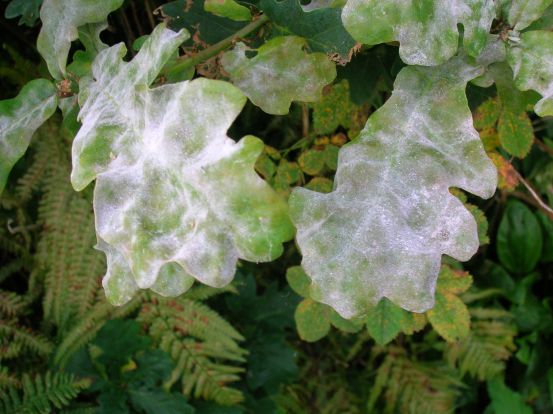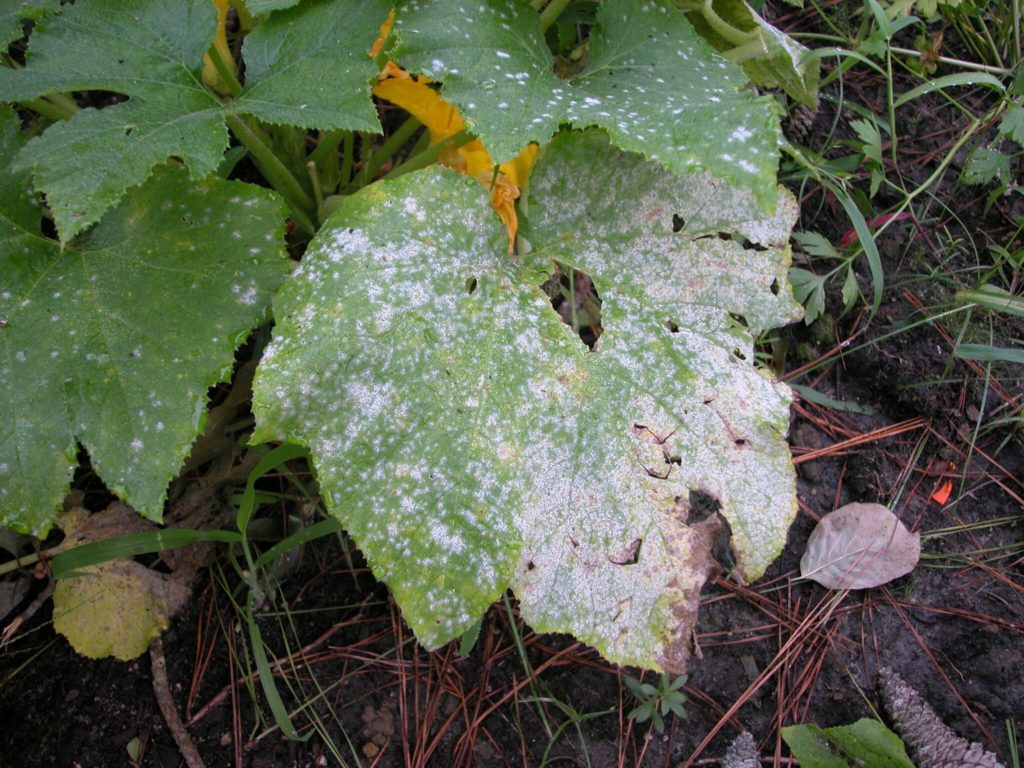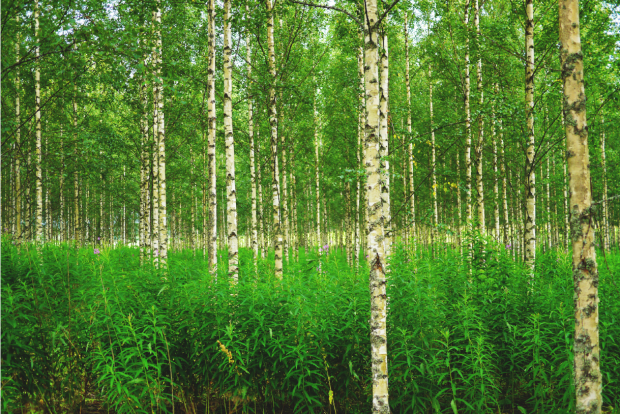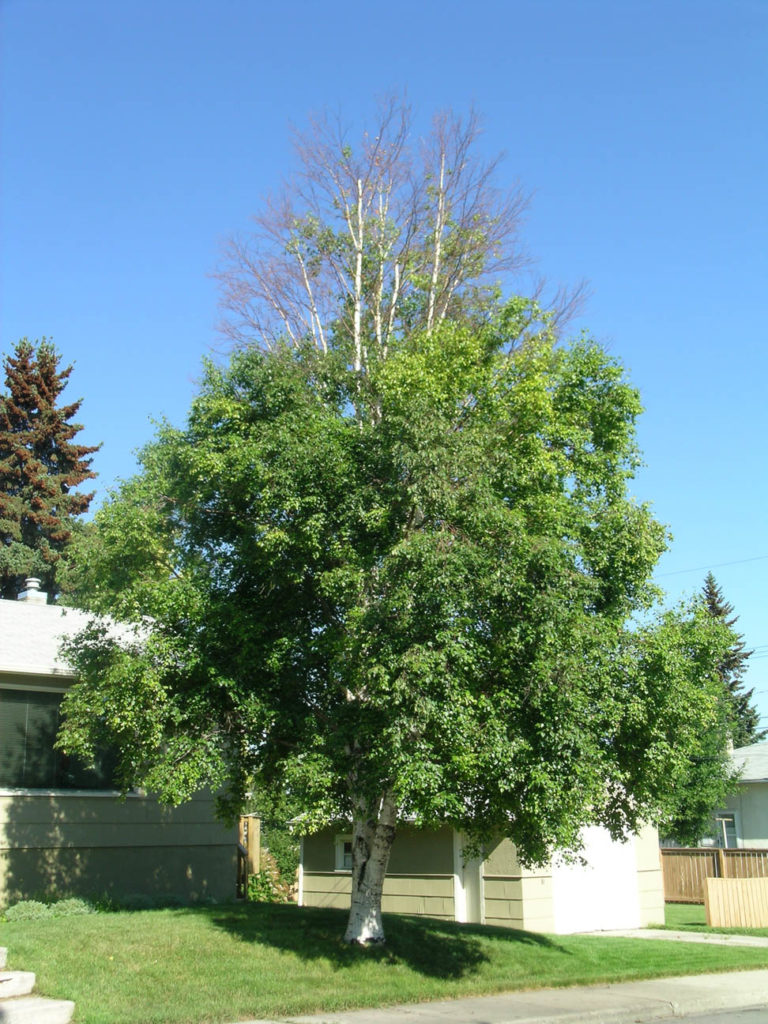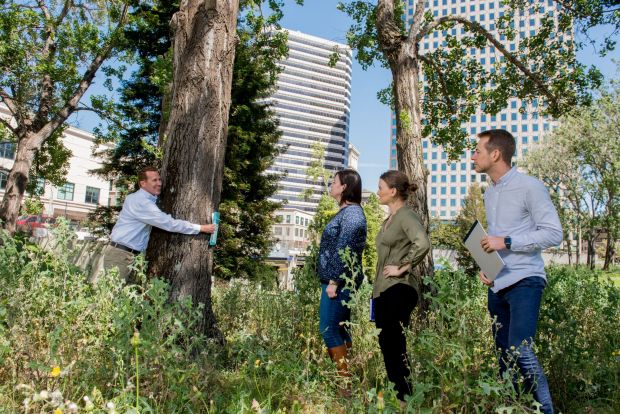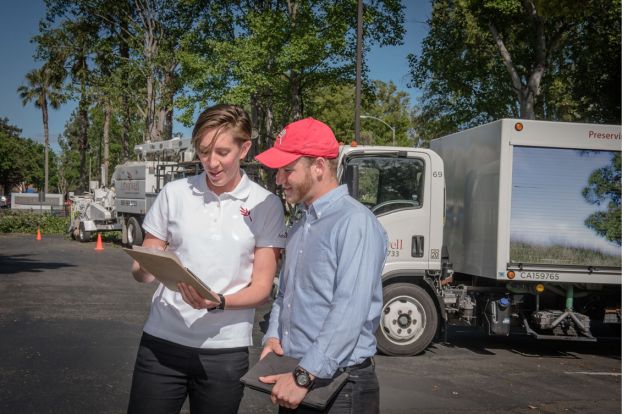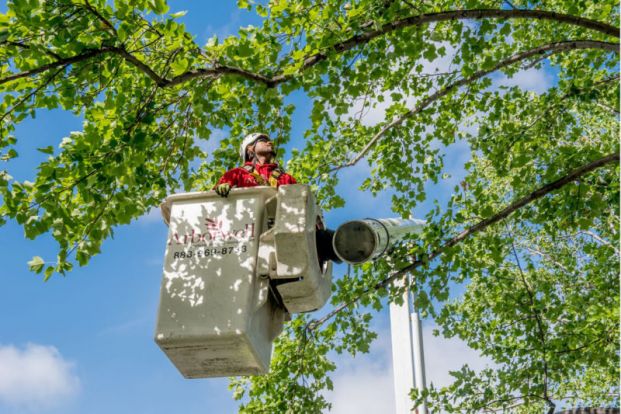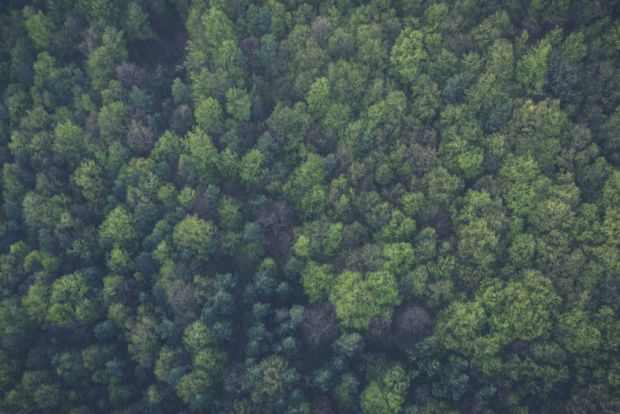Arbor-wellness: Oakworm
There are a lot of caterpillars on my oak tree, will they kill my tree?
They usually don’t kill your oak tree outright, but they can weaken the tree and make is easier for other problems to develop.
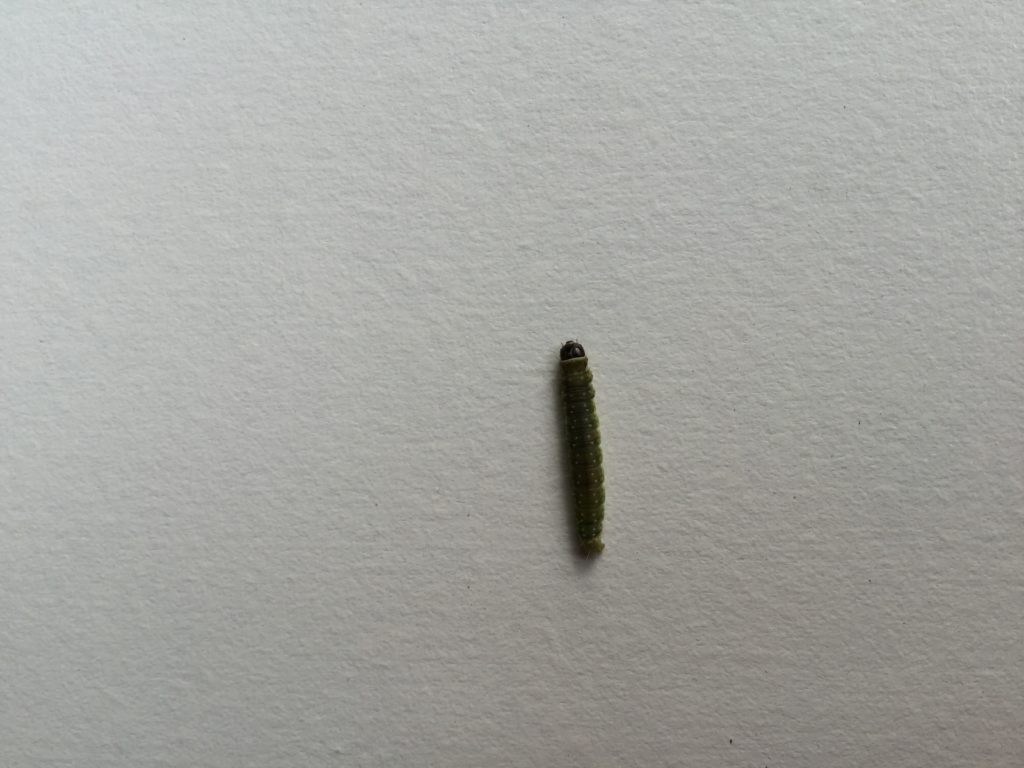
What should I do if caterpillar pests are eating my oak tree leaves?
The first step is to identify the problem correctly. We can help with that.
The next step is to decide on a course of action. Depending on the needs of the tree and how bad the infestation is, you have several choices.
What are the most important steps?
Help your trees get healthy. Our oak trees are still recovering from the long term drought we experienced. Proper watering and nutritional needs are important. Oaks can be damaged by too much water, but not enough is a problem too. While they are adapted to long dry summers, the lack of rain in the winter for 5 years weakened the root systems of these trees. We may recommend deep, infrequent watering to help your trees recover. This is one of the most important things we can do.
Fix soil problems. Poor or compacted soil conditions, reduced rooting area and other soil issues all contribute to tree decline. Improving soil structure, de-compacting the soil, improving soil biology all help the tree get healthy again.
Protect your oaks for other invaders. There are many other insects and diseases that can attack your oak trees, especially if they are stressed from oakworm attacks. After we assess the trees, we may recommend proactive treatments to help protect your oaks while they recover.
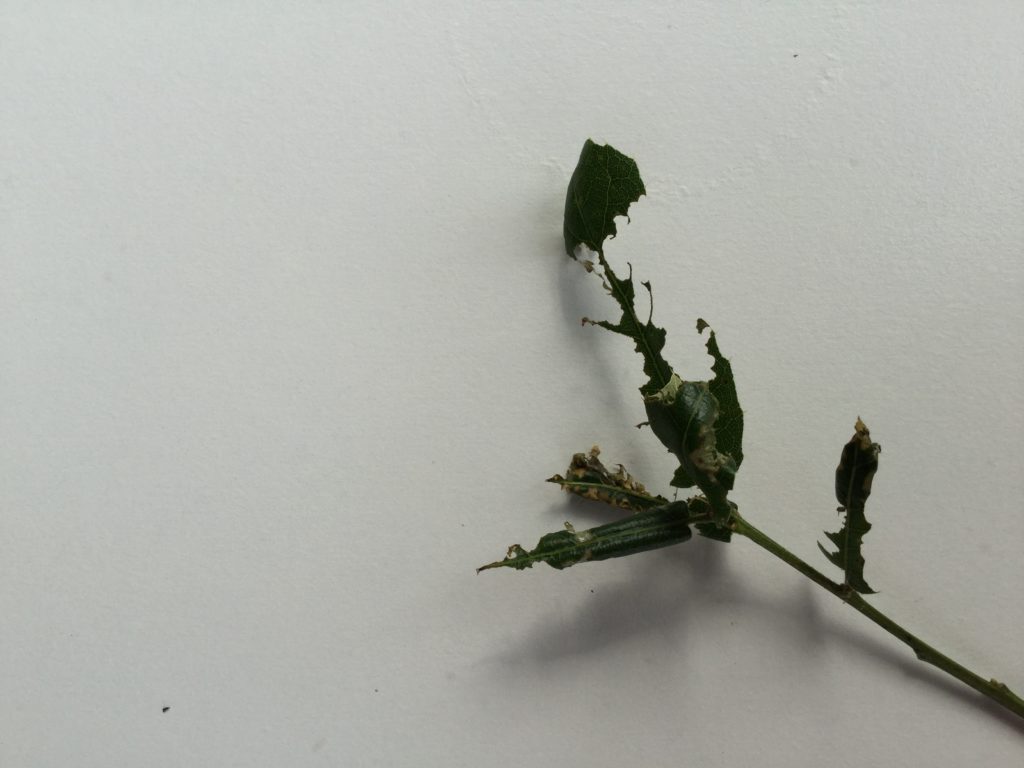
Be proactive about caterpillars. If this is a reoccurring problem, the best time to treat is BEFORE the insects hatch. We can protect the trees with treatments made in the fall or winter that will reduce the population the following growing season. This is a very cost effective and safe treatment that stays inside the tree, so only insects that feed on the leaves are affected.
Treat today’s problem carefully. If there is a large population that is severely hurting your oak trees, we may recommend a canopy treatment with a biological control to slow down the problem fairly quickly.
If you are concerned about oakworm and want to schedule an inspection, fill out the form below.

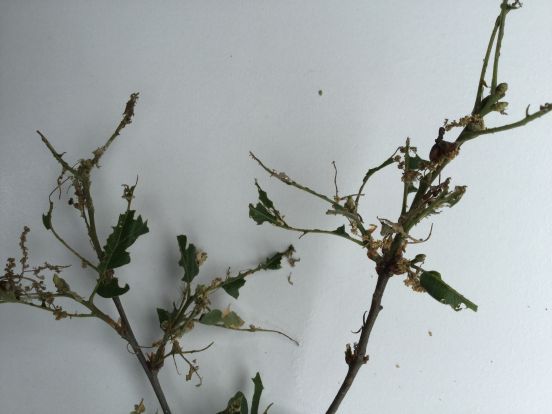
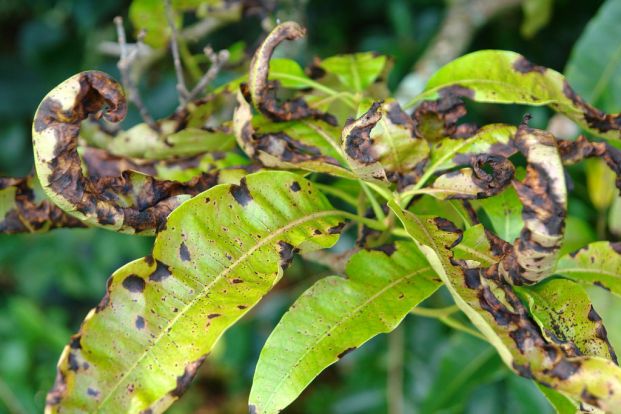
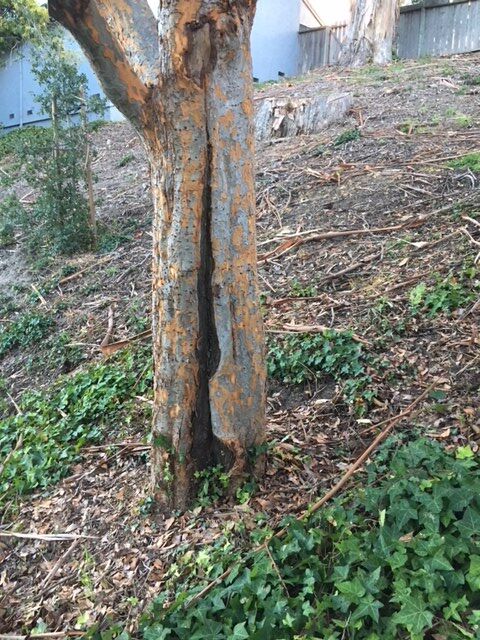
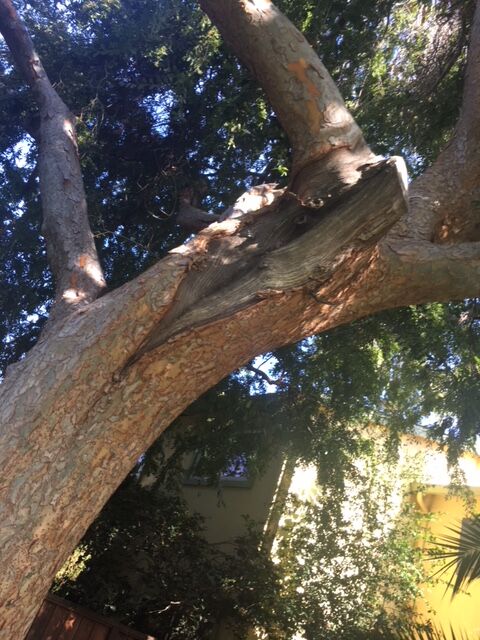 What can I do about it? The best way to discourage anthracnose is to make sure your trees are healthy and are pruned properly. Water properly – deep, infrequent watering throughout dry times, encourage proper growth with good nutrition and soil health (we usually recommend an organic based feeding that does both of these things), mulching to reduce water loss and tree stress. If your trees can benefit from treatment, it is best to start in the fall or early spring before the leaves come out. Sometimes multiple treatments are best, depending on the weather and the type of tree.
What can I do about it? The best way to discourage anthracnose is to make sure your trees are healthy and are pruned properly. Water properly – deep, infrequent watering throughout dry times, encourage proper growth with good nutrition and soil health (we usually recommend an organic based feeding that does both of these things), mulching to reduce water loss and tree stress. If your trees can benefit from treatment, it is best to start in the fall or early spring before the leaves come out. Sometimes multiple treatments are best, depending on the weather and the type of tree.